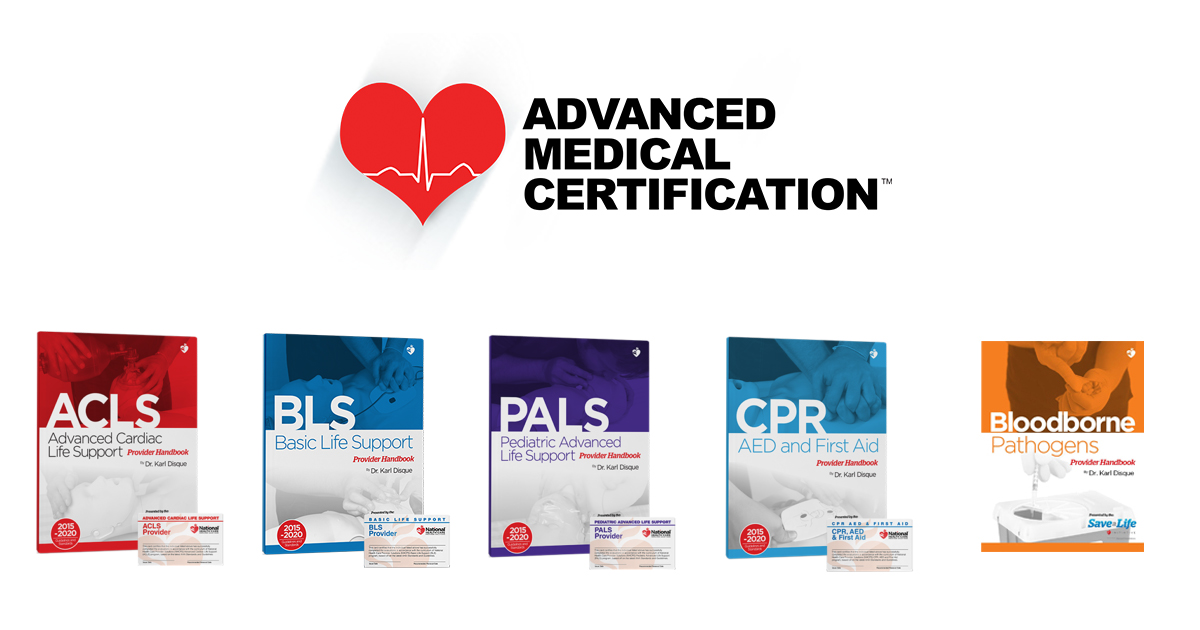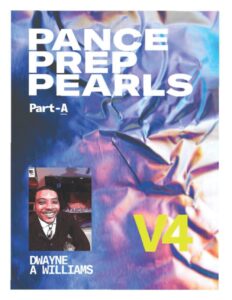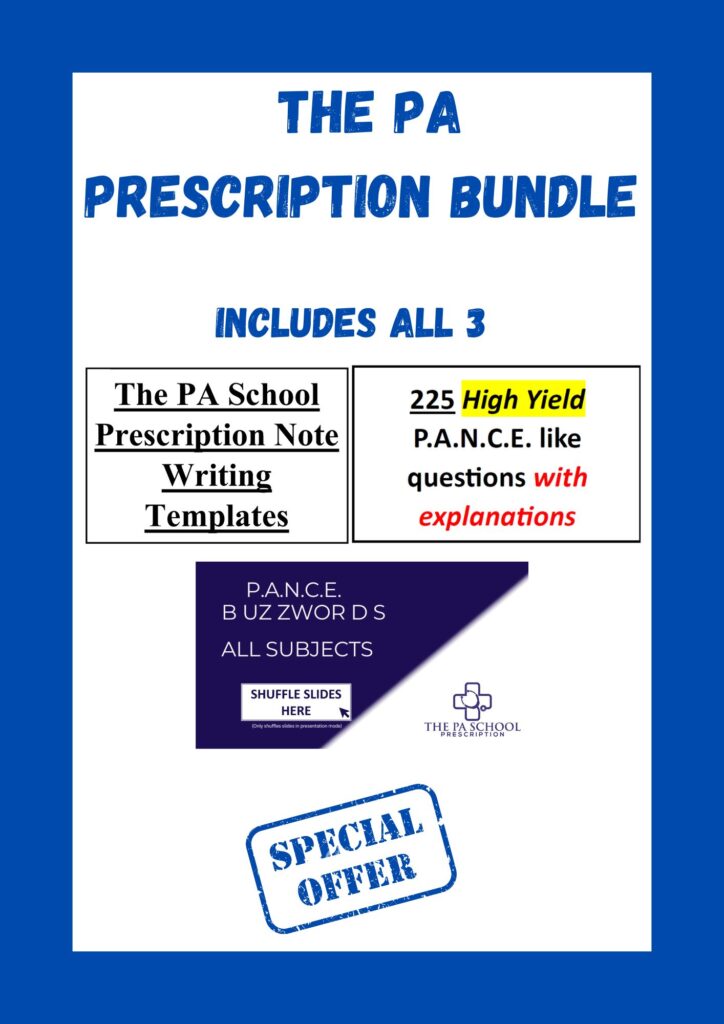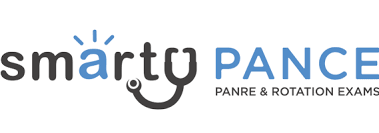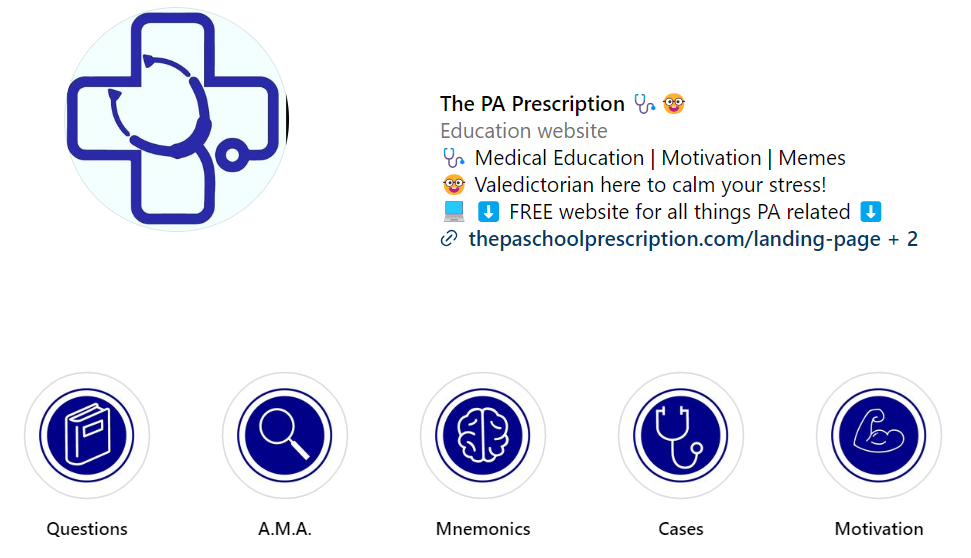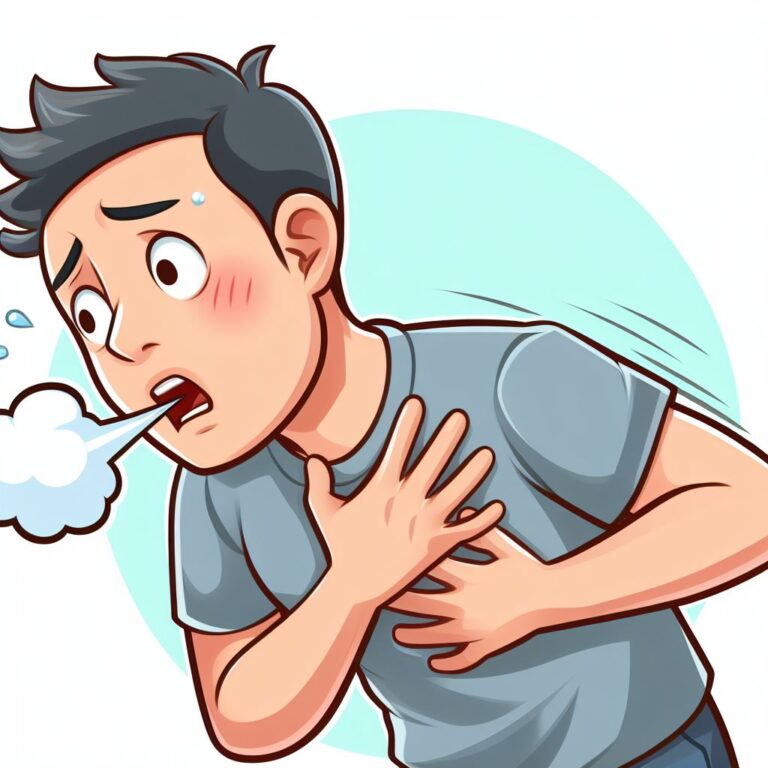
Thank you for subscribing to The PA Rx Newsletter!
The Friday Case Challenge includes difficult-to-diagnose conditions, some of which are not frequently encountered by most clinicians, but are nonetheless important to accurately recognize. Test your diagnostic and treatment skills using the following patient scenario and corresponding questions. Disclaimer: The following case is fiction and for educational purposes only.
Case Challenge – The Mystery of Muscular Weakness
A 45-year-old woman presents to the emergency department with a two-week history of progressively worsening weakness. She reports difficulty in raising her arms, climbing stairs, and chewing solid foods. She also complains of intermittent double vision and drooping of her eyelids, which worsen throughout the day. Her past medical history is notable for hypertension and type 2 diabetes, for which she takes lisinopril and metformin. On examination, she appears fatigued with bilateral ptosis and ophthalmoplegia. There is a significant weakness in proximal upper and lower limb muscles, with preserved reflexes and sensation. The patient’s respiratory rate is 18 breaths per minute, and oxygen saturation is 95% on room air. Laboratory studies reveal an elevated serum creatine kinase level. A provisional diagnosis of myasthenia gravis is made, and further diagnostic workup is initiated.
1) What additional diagnostic test should be performed to confirm the diagnosis of myasthenia gravis in this patient?
A) Lumbar puncture
B) Magnetic resonance imaging (MRI) of the brain
C) Serum acetylcholine receptor antibody (AChR-Ab) testing
D) Nerve conduction studies
2) The decision is made to perform a Tensilon test for diagnostic confirmation. Which of the following findings following the Tensilon test would be consistent with a positive result for myasthenia gravis?
A) Temporary exacerbation of symptoms
B) Permanent resolution of symptoms
C) No change in symptoms
D) Transient improvement in symptoms
3) The same patient states developing worsening symptoms and demonstrates significant ptosis, bilateral weakness in facial muscles, and nasal speech. Pulmonary function tests reveal decreased vital capacity. Which of the following medications is most appropriate for acute exacerbation of her symptoms?
A) Prednisone
B) Pyridostigmine
C) Azathioprine
D) Intravenous immunoglobulin (IVIG)
4) The patient develops severe respiratory distress with accessory muscle use and paradoxical breathing. Arterial blood gas analysis shows hypoxemia and hypercapnia. Which of the following interventions is the most appropriate management?
A) Oral prednisone
B) Intravenous pyridostigmine
C) Non-invasive positive pressure ventilation (NIPPV)
D) Endotracheal intubation and mechanical ventilation
E) Plasmapheresis
Answers:
Question 1
What additional diagnostic test should be performed to confirm the diagnosis of myasthenia gravis in this patient?
A) Lumbar puncture
B) Magnetic resonance imaging (MRI) of the brain
C) Serum acetylcholine receptor antibody (AChR-Ab) testing
D) Nerve conduction studies
E) Repetitive nerve stimulation (RNS) electromyography (EMG)
Answer: C) Serum acetylcholine receptor antibody (AChR-Ab) testing
Explanation: Myasthenia gravis (MG) is an autoimmune disorder characterized by the production of antibodies against the acetylcholine receptors at the neuromuscular junction, leading to muscle weakness and fatigability. Serum acetylcholine receptor antibody (AChR-Ab) testing is the most appropriate diagnostic test for confirming MG. The presence of AChR-Ab is highly sensitive and specific for MG diagnosis. Lumbar puncture (option A) may be performed to rule out other neurological conditions but is not specific for MG. Magnetic resonance imaging (MRI) of the brain (option B) may be normal or may show nonspecific findings and is not considered a primary diagnostic modality for MG. Nerve conduction studies (option D) and repetitive nerve stimulation (RNS) electromyography (EMG) (option E) may show characteristic decremental responses in muscle action potentials, but they are less sensitive than AChR-Ab testing and are primarily used for confirming the diagnosis when serological tests are inconclusive.
Question 2:
The decision is made to perform a Tensilon test for diagnostic confirmation. Which of the following findings following the Tensilon test would be consistent with a positive result for myasthenia gravis?
A) Temporary exacerbation of symptoms
B) Permanent resolution of symptoms
C) No change in symptoms
D) Transient improvement in symptoms
E) Aggravation of symptoms
Answer: D) Transient improvement in symptoms
Explanation: A positive Tensilon test in myasthenia gravis is characterized by a transient improvement in symptoms following the administration of edrophonium, a short-acting acetylcholinesterase inhibitor. This improvement occurs due to the temporary increase in acetylcholine levels at the neuromuscular junction, leading to enhanced muscle contraction. However, this improvement is short-lived and lasts only a few minutes. Options A, B, C, and E are incorrect because they do not describe the typical response seen in a positive Tensilon test for myasthenia gravis.
Question 3:
The same patient states developing worsening symptoms and demonstrates significant ptosis, bilateral weakness in facial muscles, and nasal speech. Pulmonary function tests reveal decreased vital capacity. Which of the following medications is most appropriate for acute exacerbation of her symptoms?
A) Prednisone
B) Pyridostigmine
C) Azathioprine
D) Intravenous immunoglobulin (IVIG)
E) Methotrexate
Answer: D) Intravenous immunoglobulin (IVIG)
Explanation: Intravenous immunoglobulin (IVIG) is the treatment of choice for acute exacerbations of myasthenia gravis (MG) due to its rapid onset of action and ability to improve symptoms quickly. It provides temporary passive immunity by neutralizing the circulating pathogenic antibodies. Prednisone (option A) is a corticosteroid used for long-term immunosuppression in MG but is not appropriate for acute exacerbations due to its slow onset of action. Pyridostigmine (option B) is a cholinesterase inhibitor used for symptomatic relief in MG but is not indicated for acute exacerbations. Azathioprine (option C) and methotrexate (option E) are both used for long-term immunosuppression in MG but are not appropriate for acute exacerbations.
Question 4:
The patient develops severe respiratory distress with accessory muscle use and paradoxical breathing. Arterial blood gas analysis shows hypoxemia and hypercapnia. Which of the following interventions is the most appropriate management?
A) Oral prednisone
B) Intravenous pyridostigmine
C) Non-invasive positive pressure ventilation (NIPPV)
D) Endotracheal intubation and mechanical ventilation
E) Plasmapheresis
Answer: D) Endotracheal intubation and mechanical ventilation
Explanation: This patient is experiencing a myasthenic crisis, characterized by severe muscle weakness, particularly involving respiratory muscles, leading to respiratory failure. Endotracheal intubation and mechanical ventilation are the most appropriate initial management to support respiratory function and prevent hypoxia and hypercapnia. Oral prednisone (option A) and intravenous pyridostigmine (option B) may be considered for long-term management of MG but are not appropriate for acute respiratory failure. Non-invasive positive pressure ventilation (NIPPV) (option C) may be used in less severe cases but is contraindicated in patients with severe respiratory distress. Plasmapheresis (option E) may be considered as an adjunctive therapy in refractory cases, but is not the initial management for acute respiratory failure.
That’s all for today.
For more newsletters and case challenges click here
Preparing for a job interview? Click here for our FREE job interview checklist
Want more question practice? Click here for our affordable 225 question exam with detailed explanations
Thanks for reading,


